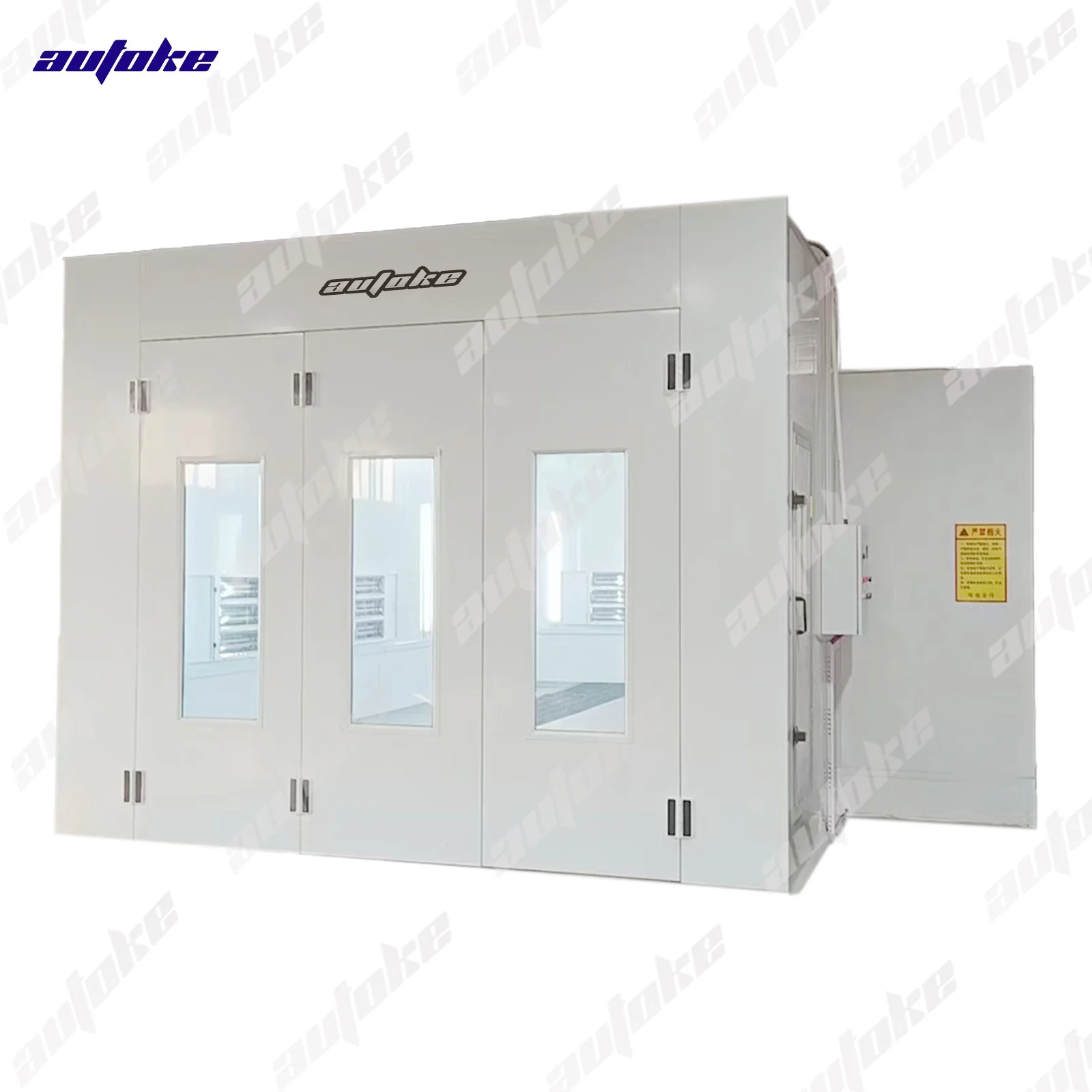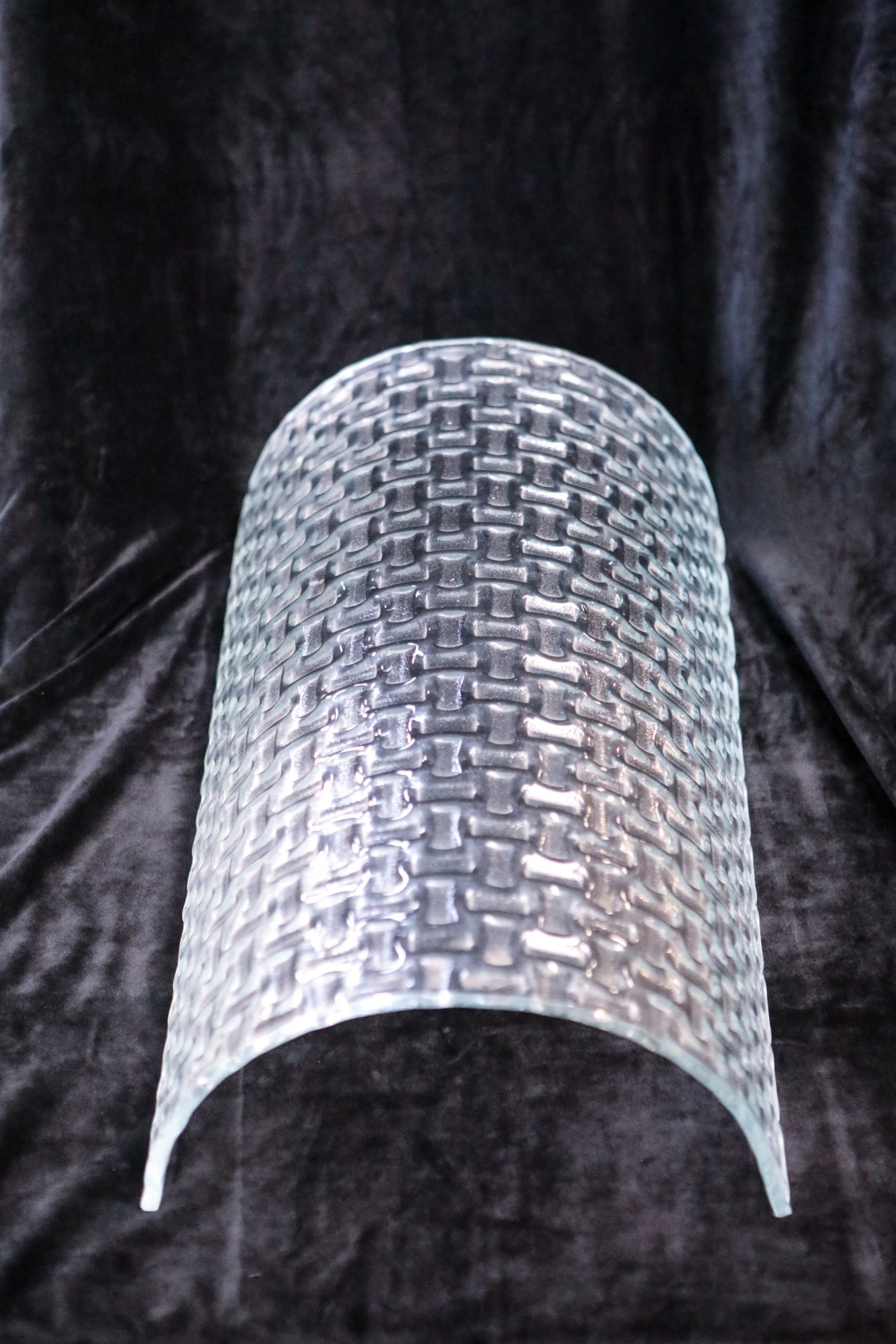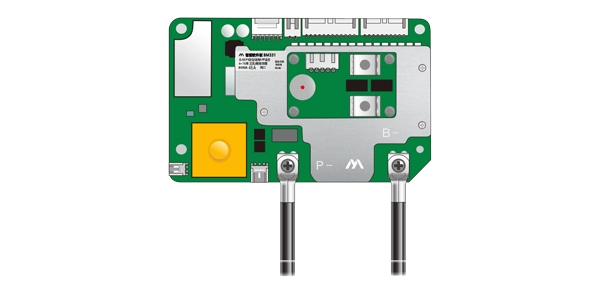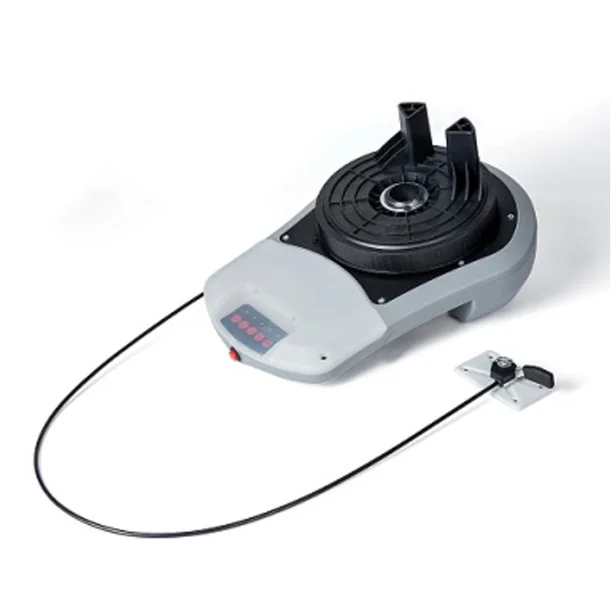When it comes to home insulation, many homeowners overlook the potential of their existing concrete slab floors. Concrete, while durable and robust, can be a significant source of heat loss, leading to uncomfortable living conditions and increased energy bills. Insulating a concrete slab floor not only enhances comfort but also improves energy efficiency. In this article, we will explore various methods to insulate an existing concrete slab floor, providing you with practical insights and professional advice.
Understanding the Importance of Insulation
Before diving into the methods, it’s essential to understand why insulating a concrete slab is crucial. Concrete has a high thermal mass, meaning it can absorb and retain heat. However, this property can work against you in colder climates, where the slab can draw heat away from your living space, resulting in chilly floors and increased heating costs. Proper insulation can mitigate these issues, leading to a more comfortable home environment and reduced energy consumption.
Assessing Your Current Situation
Before you begin the insulation process, it’s vital to assess the current state of your concrete slab. Check for any signs of moisture, cracks, or damage. Moisture can lead to mold growth and compromise the effectiveness of your insulation. If you find any issues, consider addressing them before proceeding with insulation. Additionally, understanding the thickness and layout of your slab will help you choose the most suitable insulation method.
Insulation Methods for Existing Concrete Slab Floors
- Foam Board Insulation
One of the most effective methods for insulating an existing concrete slab is using rigid foam board insulation. This method involves the following steps:
- Preparation: Clean the surface of the concrete slab thoroughly to remove any debris or moisture.
- Installation: Cut the foam board to fit snugly against the slab. You can use boards with a thickness of 1 to 2 inches, depending on your insulation needs.
- Sealing: Use construction adhesive to secure the foam boards to the concrete. Ensure that all seams are tightly sealed with foam board tape to prevent air leaks.
- Covering: Once the foam boards are in place, you can cover them with a plywood or OSB (oriented strand board) layer to create a stable surface for flooring installation.
This method provides excellent thermal resistance and can significantly reduce heat loss through the slab.
- Radiant Floor Heating Systems
If you are considering a more advanced solution, installing a radiant floor heating system can be an excellent way to insulate and heat your concrete slab simultaneously. This method involves:
- Installation of Heating Mats or Tubes: Before pouring a new layer of concrete or installing flooring, you can lay heating mats or tubes directly on the existing slab.
- Insulation Layer: Place a layer of insulation board beneath the heating system to prevent heat loss downward.
- Final Layer: Cover the heating system with a new layer of concrete or your chosen flooring material.
Radiant floor heating not only insulates the slab but also provides even heating throughout the room, enhancing comfort.
- Insulating Underlayment
If you prefer not to make significant alterations to your existing floor, consider using an insulating underlayment. This method is particularly effective if you plan to install new flooring over the slab. Here’s how to do it:
- Choose the Right Underlayment: Select an underlayment designed for thermal insulation, such as cork or foam.
- Installation: Roll out the underlayment over the concrete slab, ensuring it covers the entire area.
- Flooring Installation: Proceed to install your chosen flooring material over the underlayment.
This method is less invasive and can still provide a noticeable improvement in comfort and energy efficiency.
Addressing Moisture Concerns
When insulating a concrete slab, moisture management is crucial. Consider the following strategies:
- Vapor Barriers: Install a vapor barrier beneath the insulation to prevent moisture from seeping through the concrete. This is particularly important in basements or areas prone to dampness.
- Dehumidifiers: If moisture is a persistent issue, using a dehumidifier can help maintain optimal humidity levels, protecting both your insulation and your living space.
Conclusion
Insulating an existing concrete slab floor is a valuable investment that can enhance comfort and energy efficiency in your home. Whether you choose foam board insulation, radiant floor heating, or insulating underlayment, each method has its benefits and can be tailored to your specific needs. Always consider moisture management to ensure the longevity and effectiveness of your insulation. By taking these steps, you can transform your concrete slab into a warm, inviting foundation for your home.






